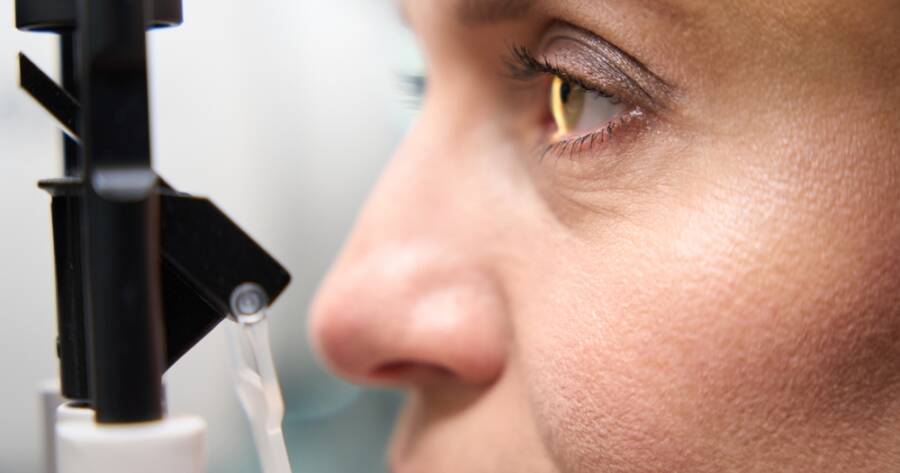Diabetic macular edema remains a significant threat to vision for many diabetics nationwide, yet recent advancements in intravitreal therapies are redefining its management. Standard anti-VEGF injections, continuous delivery innovations like Susvimo, and emerging non-VEGF and anti-inflammatory strategies are fostering hope for improved patient outcomes. Top developments highlight critical shifts in DME treatment paradigms.
Intravitreal Innovations Transforming Diabetic Macular Edema Treatment
Diabetic macular edema (DME) is a leading cause of vision impairment among individuals with diabetes, impacting approximately 3.8% of diabetic patients in the United States. The condition arises primarily due to retinal ischemia and hypoxia-induced vascular endothelial growth factor (VEGF) activity, causing increased vascular permeability. Addressing these pathways is crucial as DME significantly deteriorates the quality of life by affecting vision and necessitates regular treatment.
The Rise of Anti-VEGF Treatments
Intravitreal anti-VEGF injections have emerged as the first-line therapy in managing DME. These include widely used medications such as aflibercept, ranibizumab, and bevacizumab.
Despite their effectiveness in improving visual acuity and reducing retinal thickness, 40% of patients with chronic DME do not respond adequately to these therapies. The need for frequent injections also places a burden on patients, prompting continuous innovation towards reducing treatment frequency.
Innovations in Treatment Delivery
Susvimo, developed by Roche, represents a significant leap forward as the first continuous delivery method for DME treatment accessible in the United States. Unlike traditional anti-VEGF injections that require frequent administration, Susvimo delivers a specialized formulation of ranibizumab through a surgically implanted Port Delivery Platform. This offers the potential benefit of fewer treatments annually while maintaining visual stability in patients as evidenced by phase III study results.
Emerging Therapeutic Approaches
Several novel therapies are in development to tackle the limitations of current treatments. KSI-301 and OPT-302 introduce new anti-VEGF agents aimed at extending dosing intervals while targeting alternative pathways.
Meanwhile, therapies like THR-149 and UBX1325 propose mechanisms beyond the VEGF response by exploring pathways such as plasma kallikrein inhibition and the longevity of cellular functions to possibly enhance patient outcomes.
Addressing Inflammation and Senescent Cells
Chronic inflammation is a critical factor in the progression of DME. New research is focusing on the role of senescent cells within the retina, particularly their influence on local inflammation and barrier function.
UBX1967, a small-molecule inhibitor tested in diabetic mice, demonstrated significant improvements by diminishing retinal vascular permeability. Similarly, UBX1325 showed promise in early clinical trials, especially for patients who no longer benefit from anti-VEGF therapies by targeting senescent cell pathways.
Non-Anti-VEGF Strategies
Beyond VEGF inhibition, treatments like corticosteroids serve an essential role by targeting inflammation in the retina. Although corticosteroids are less effective than anti-VEGF therapies and carry potential side effects, such as glaucoma and cataracts, they remain a pivotal alternative for patients resistant to VEGF-focused treatments offering a broader treatment strategy for difficult cases.
Learn More About Intravitreal Innovations
The evolving landscape of treatments for diabetic macular edema showcases promising advancements with potential to transform patient experiences and outcomes. With continued research and innovation in intravitreal therapies, patients benefit from options that aim to reduce treatment burdens and enhance efficacy.
As healthcare professionals and researchers strive to combat vision impairment caused by diabetes, understanding these innovations can help individuals with DME make informed decisions about their healthcare journey. Learning more about these cutting-edge approaches is essential for those affected by or treating vision-related complications of diabetes.
